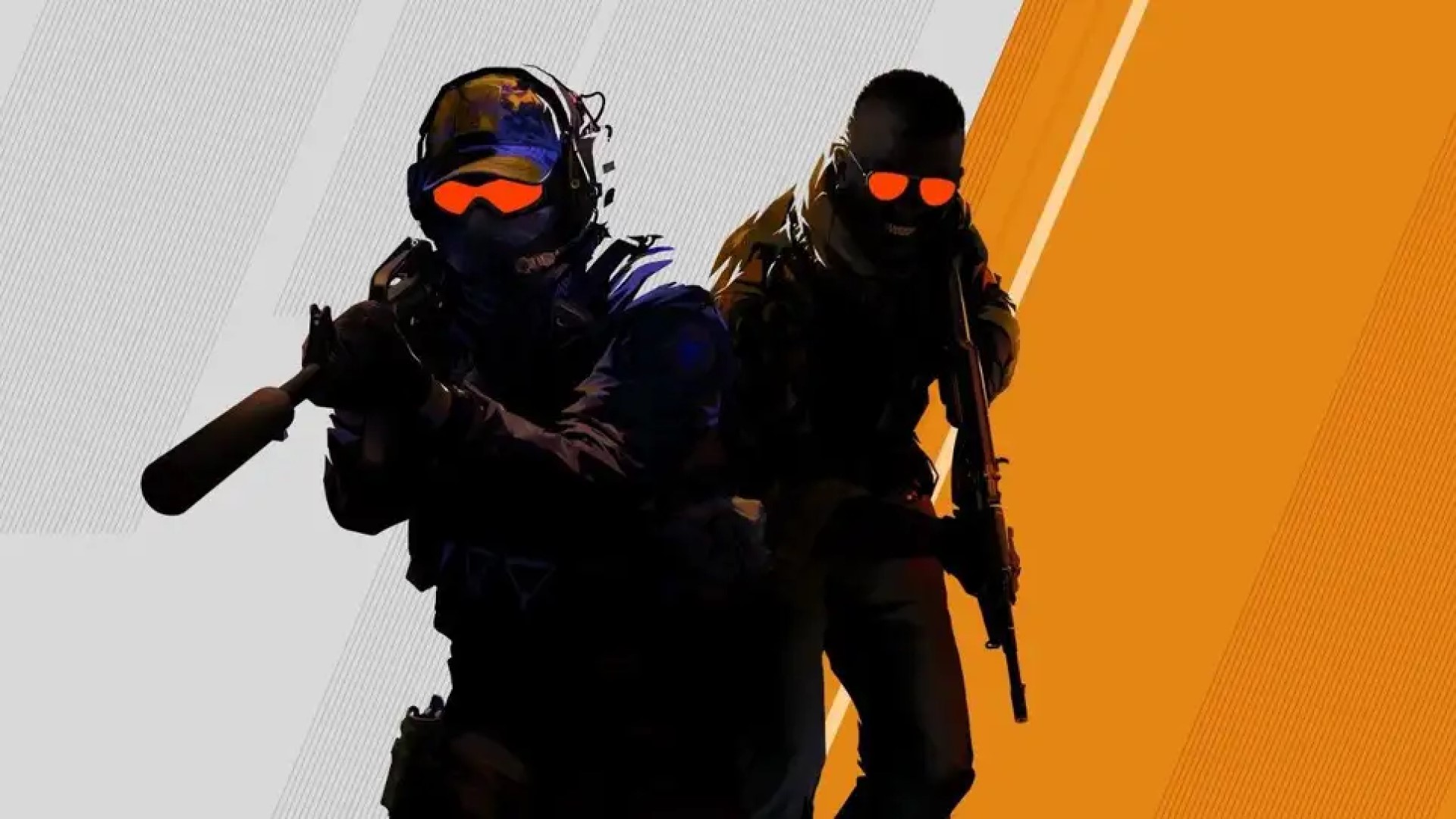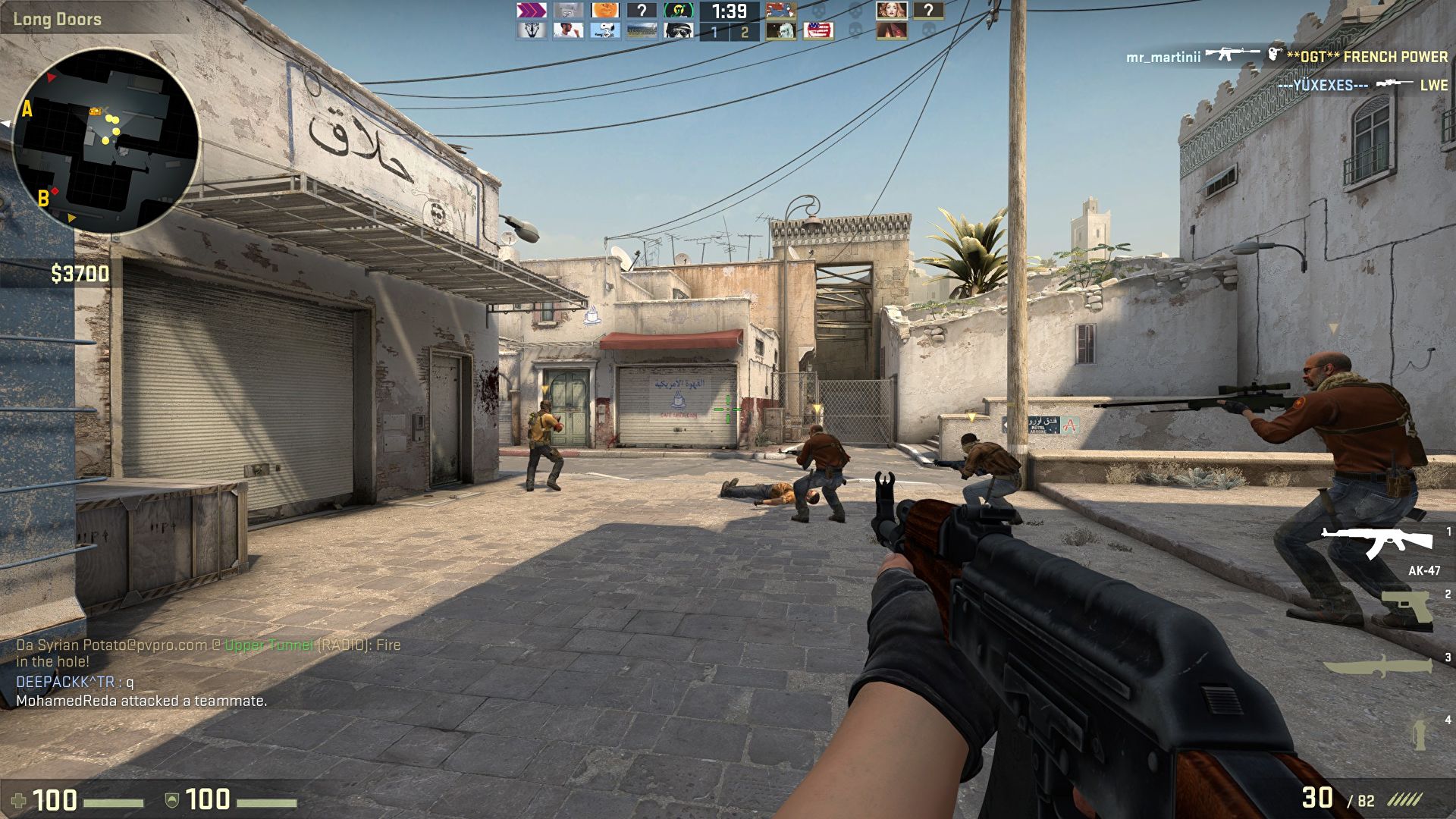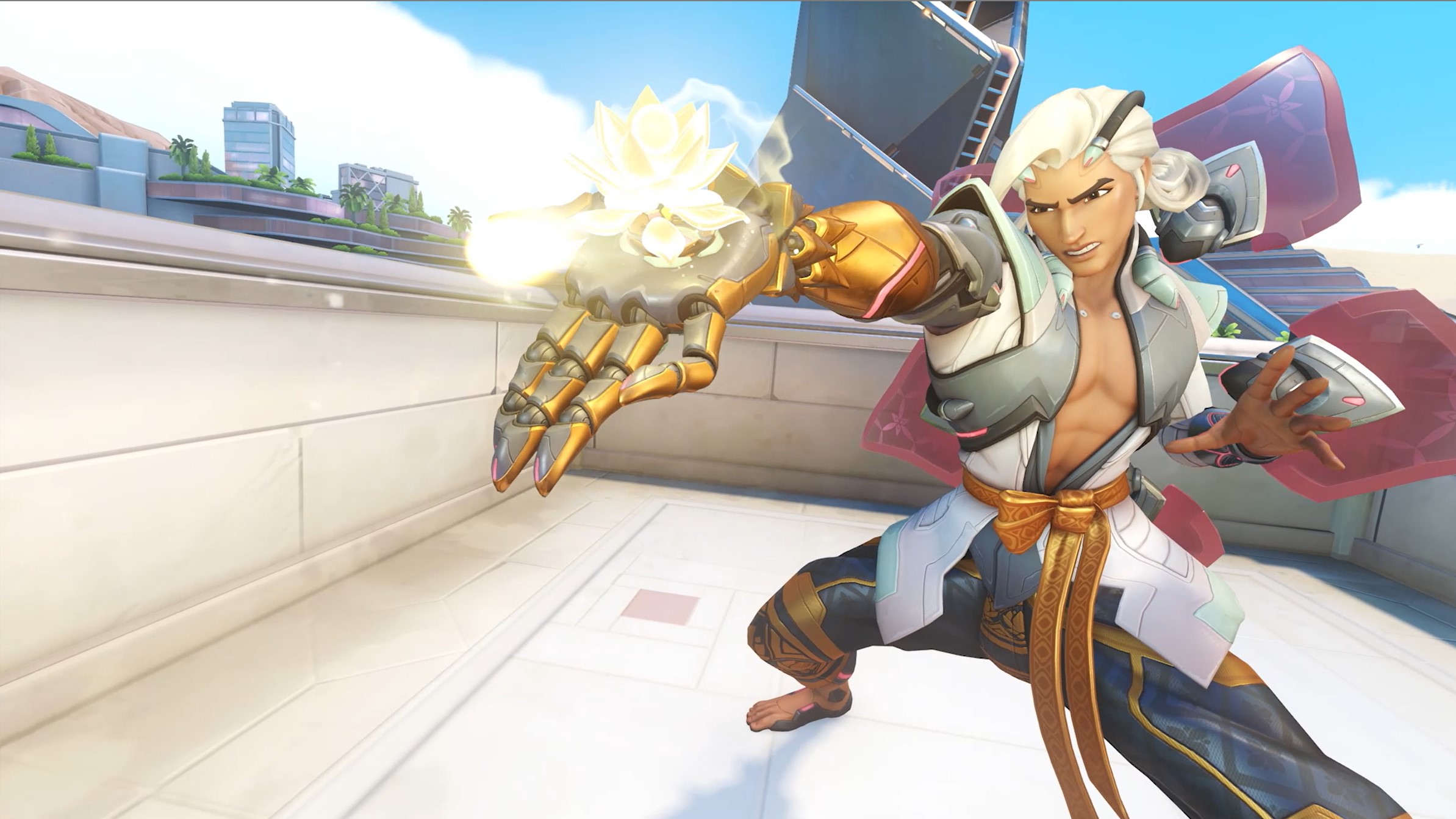
Valve’s updating the Godfather of the competitive FPS this summer, sending CS:GO out to pasture after a decade’s service, which launched the brand as an esports juggernaut and built a prototypical NFT economy with its weapon skins that modern Crypto Bros are still trying to replicate in 2023.
The risks of updating such a popular and profitable online game are vast. Blizzard could tell Valve something about that, having launched Overwatch 2 last year and enduring a backlash from its fanbase. Players were not happy with the new monetization model and game quality at launch. Overwatch 2 has since become a massive financial success, and the boycott some fans took part in seems to have had minimal impact. That tells us something about launching an online multiplayer sequel in the current market.
The stakes feel even higher for Counter-Strike 2, though. The original game first hit the scene in 2000, popularizing a new objective-based team shooter format. It launched an esports scene when most of us were still playing on 128kbps connections, sustained a massive community through incremental GoldSrc engine updates, a shift to Half-Life 2’s Source Engine, and then again when it migrated to Counter-Strike: Global Offensive in 2012.
Not-so-humble beginnings

CS:GO’s buzz was minimal in the lead-up to release. The suspicion was that this was a cautious attempt to bring Counter-Strike to console players, and that Counter-Strike: Source would probably still prevail among the PC hardcore. How wrong we were.
Three years after CS:GO’s release, I found myself in a co-working space at a fledgling PCGamesN. We shared the room of that office with a couple of guys who ran a CS:GO skins site. I grew familiar with their morning routine – they’d turn up at 10, work for about 20 minutes and then watch esports streams on the big screen for the rest of the day. Their monthly profit was orders of magnitude higher than my annual salary.
If you’ll forgive the non-sequitur, it illustrates how groundbreaking CS:GO’s skins economy was. Before anyone talked about crypto or NFTs, CS:GO was quietly getting on with it. A 2018 study by Narcus Advisors estimated that the game’s total skins economy was worth around $1.3 billion. That was six years ago.
If this fourth major Counter-Strike release, for some reason called Counter-Strike 2, doesn’t go over with the community, there’s a real financial and cultural impact. Two decades of equity tarnished, a billion dollars in jeopardy. Now imagine you’re the creative director of that game: what on Earth do you change?
The most significant change to Counter-Strike 2 we’ve seen so far is in how smoke grenades work. They emit volumetric smoke now, which means they fill the air more realistically, with greater density close to the ground where the nade sits, and lighter density higher up. You can shoot bullets through the smoke and temporarily punch a hole in it with the air pressure of your round. Frag grenades, meanwhile, completely disperse smoke.
Not only does that all look impressive playing out in real-time, it adds new tactical wrinkles to explore. Impromptu games of smoke grenade peek-a-boo as one player fires to info-peek and another waits to headshot through the peek hole. Smoke and frag games of rock, paper, scissors in key map chokepoints at the start of every round.
It’s a good feature. It’s easy to visualize and understand. It’s exactly the sort of thing Overwatch 2 was missing.
Overhaul

Because Overwatch 2’s big headline features – 5v5 matches instead of 6v6, a free-to-play model, hero reworks – all felt like they would have been possible in the existing game. To put it uncharitably, Overwatch 2’s big new features felt like reading through the patch notes of a big Overwatch 1 update. Nothing about it made you say to yourself, “Yes, I can see why they’re releasing a whole new game to do this.”
Counter-Strike 2’s Source 2-powered smokes are that feature. You watch one popping out and immediately understand that something more technically complex is happening here than CS:GO would have handled. It justifies the sequel’s (quadrequel’s?) existence neatly.
From there the trail, at this point at least, goes a bit cold. The community’s focus has largely been on weapon skins, which are of course migrating over from CS:GO and are now resplendent in newfound detail, thanks again to Source 2. Which is nice - those black pearl blades look especially drippy – but even GabeN himself would have a hard time convincing you that the way the light bounces off your P90 now is grounds for a new release called Counter-Strike 2.
But this is online multiplayer in 2023. Nobody knows what to do with enormous cash cow IPs like Counter-Strike or Overwatch.
The crucial difference here between Valve and Blizzard’s approaches is that as yet, Counter-Strike 2 seems player-friendly in the way it’s going about its business. It’s early days, but the fact that player inventories – some of them preposterously valuable at this point – remain is really all Valve has to do to keep players onside. CS:GO’s veterans are already accustomed to a free-to-play model, microtransactions and loot boxes unlike the Overwatch community.
If there are concerns at ground zero, from a game critic and twenty-year Counter-Strike player’s perspective, it’s that the actual, meaningful changes and advances seem – well, incredibly conservative.
But this is online multiplayer in 2023. Nobody knows what to do with enormous cash cow IPs like Counter-Strike or Overwatch. In the former’s case, nobody expected it to endure for half as long, for starters. Nobody can pinpoint why certain titles become esports stalwarts and titles in which players will spend a billion dollars on cosmetic items. We’re all just making it up as we go along.
All we have to go on are the numbers. Overwatch’s incredibly financially successful launch, even in the wake of very fair assertions that not much had actually changed, and that the microtransaction model was a cash grab. CS:GO’s evergreen popularity and profitability. What makes the most sense, it appears, is to change as little as possible.
You can’t make huge creative changes as a creator, however much you believe in them, because that would risk fragmenting the community. What if half the player base stays with the old game? Imagine the server maintenance and bug fix dev costs. No, you have to directly replace one game with another, and if you’re doing that, the new game must play extremely close to the previous blueprint.







